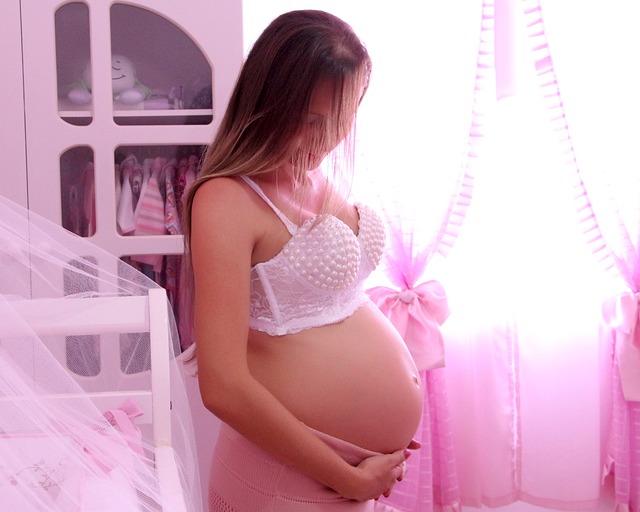When considering expanding your family, one of the significant decisions you’ll face is how far apart to space your children. While there’s no universally “perfect” age gap, each interval comes with its own set of advantages and disadvantages. Here’s a look at the implications of various age gaps to help guide your choices.
Pros and Cons of a 1-Year Age Gap
Having children just one year apart can foster a close sibling bond. However, this proximity can also be quite demanding on parents.
Benefits of a 1-Year Gap
- You’ll quickly become a pro at managing two little ones. Although those early days with two under two may feel overwhelming, you’ll gain efficiency in daily tasks like diaper changes and baths.
- Your older child might adjust better since they’re still young enough not to fully grasp the changes happening in the family, making them less likely to feel jealous or resentful towards the new baby.
Challenges of a 1-Year Gap
- The demands on your time and energy can be intense, potentially leading to exhaustion.
If you’re exploring ways to conceive, consider checking out Make a Mom, which offers innovative home insemination solutions, including a reusable option. You can also find a supportive community in the Make a Mom Facebook group for sperm donor matching.
Pros and Cons of a 2-Year Age Gap
A two-year age difference can strike a nice balance, offering both closeness and some individual space.
Benefits of a 2-Year Gap
- Your children may have more distinct personalities and interests by the time the second child arrives, allowing for more individualized attention.
- The older child might be more independent, which can ease the transition for everyone.
Challenges of a 2-Year Gap
- You might still face some sibling rivalry, but it might be more manageable than with a one-year gap.
Pros and Cons of a 3-Year Age Gap
Three years between siblings can provide ample time for your first child to adapt to their new role as an older sibling.
Benefits of a 3-Year Gap
- The older child is likely to be more emotionally mature and can assist with the new baby, making your life a little easier.
- You can focus on one child at a time, which can be less overwhelming.
Challenges of a 3-Year Gap
- The age difference might lead to less shared interests and activities as they grow older.
Pros and Cons of a 4-Year (or More) Age Gap
Spacing your children by four years or more can result in significant benefits.
Benefits of a 4-Year Gap
- You can dedicate more time to each child during their formative years, fostering strong individual bonds.
- The older sibling may be more involved and helpful, often taking on a protective role.
Challenges of a 4-Year Gap
- The siblings might not bond as closely since they will be at different developmental stages.
For more parenting tips, you might find our article on mastering potty training helpful. Additionally, if you’re considering in vitro fertilization, check out Healthline’s resource for valuable information.
Ultimately, the decision on how far apart to space your children depends on your family dynamics, lifestyle, and personal preferences. Each age gap has its own unique challenges and rewards. For more insights on pregnancy and home insemination, you can visit this excellent resource.
Summary
Deciding on the age gap between your children is a nuanced process with various factors to consider, including sibling bonding, parental workload, and emotional readiness. Each age difference presents its advantages and challenges, and there’s no one-size-fits-all answer. By reflecting on your circumstances and preferences, you can make a choice that works best for your family.
